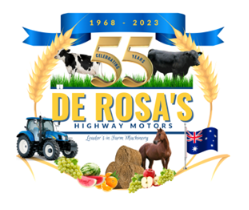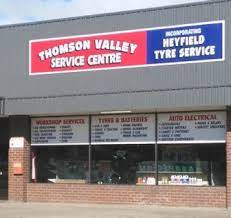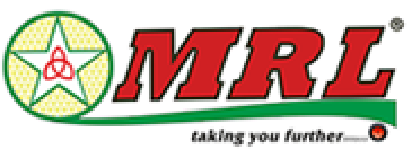Here are 10 considerations to keep in mind when selecting the right tyre and wheel combination for agricultural applications:
- Load capacity: Consider the weight of the equipment and the load it will be carrying, and choose a tyre with a load capacity that meets or exceeds those requirements.
- Terrain: Choose a tyre that is appropriate for the type of terrain and conditions in which the equipment will be operating. Different tyres are designed for different soil types and can have different tread patterns for better performance in specific conditions.
- Speed rating: Ensure that the selected tyre has a speed rating that is compatible with the operating speed of the equipment. Operating at speeds above the tyre’s rated capacity can result in premature tyre failure or other safety hazards.
- Rim size: Ensure that the selected tyre is compatible with the rim size of the equipment. Using a tyre that is too large or too small for the rim can cause safety hazards and damage to the tyre.
- Inflation pressure: Follow the manufacturer’s recommended inflation pressure for the tyre, as over-inflation or under-inflation can lead to safety hazards and premature tyre wear.
- Tread depth: Ensure that the selected tyre has a sufficient tread depth to provide adequate traction and prevent slippage in muddy or wet conditions.
- Brand and quality: Choose a tyre from a reputable manufacturer with a track record of producing high-quality, durable tyres that are appropriate for your specific application.
- Operating conditions: Consider the temperature and humidity levels of the environment in which the equipment will be operating, as extreme temperatures or high humidity can impact tyre performance.
- Serviceability: Choose a tyre that is easy to service and maintain, with readily available replacement parts and knowledgeable service technicians.
- Cost: Consider the initial cost of the tyre, as well as its expected lifespan and maintenance requirements, when evaluating the overall cost-effectiveness of different tyre options.











